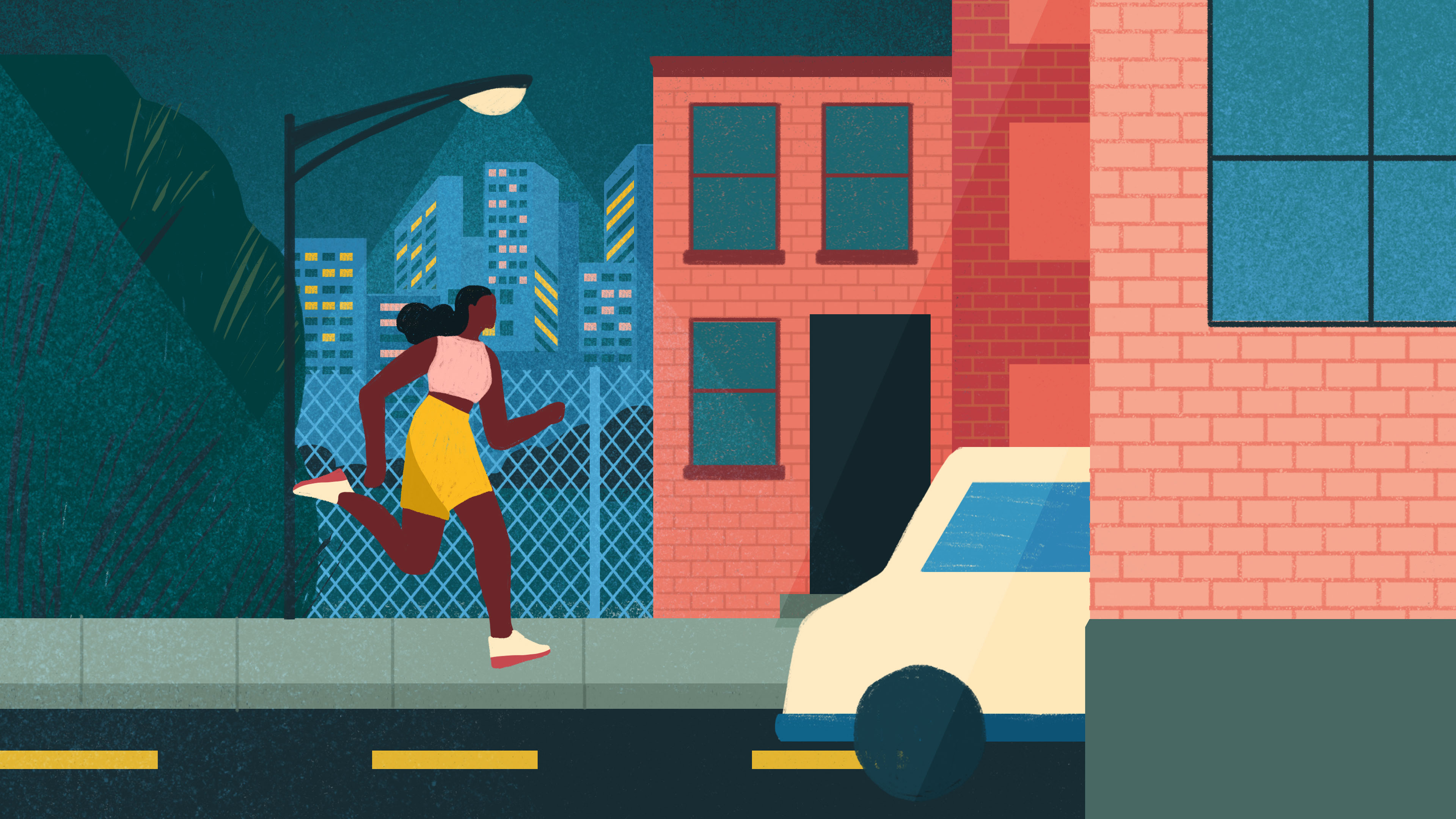
Cities are usually designed with just the daytime in mind. But as Sound Diplomacy’s Jett Glozier points out, “The night-time economy is worth millions. Lots of people work between 6pm and 6am.”
Glozier works on UK and European projects for the global research and strategy consultancy, including many night-time economy projects. He says that people in the built environment sector can have an approach to music and culture provision that is “sometimes a bit of an afterthought. Whereas we would always advise considering these elements early on in a development.”
Sound Diplomacy has worked in more than 100 cities globally, partnering with public bodies as well as private real-estate owners. “We look at issues like noise, ingress and egress, who the users are and understanding how a building is going to be used.” In this way, Glozier and his colleagues hope to avoid night-time NIMBYism which leads to venues shutting because of complaints from residents in developments - sometimes built after the venue that they are objecting to.
Whereas education for architects and planners covers retail or office space, “culture and the night-time economy is a bit of a grey area. But careful planning and design is really important,” says Glozier. He cites schemes such as the Cardiff Music Board, set up in 2019 to safeguard the city’s nightlife, as a way of getting people who know the music scene into the conversation with buildings owners and the council earlier, and in a more meaningful fashion.
He also praises Greater Manchester’s night-time economy adviser Sacha Lord as a “constant advocate for hospitality and nightlife”.
Lord was a co-founder of the Warehouse Project venue and, together with UKHospitality, he is pushing for the proposed Agent of Change Bill, to be widely implemented and enforced. This piece of legislation concerns planning controls in relation to developments likely to be affected by existing noise sources.
“If anything, residential planning should not be granted in areas of cultural importance,” Lord says.
“The 24-hour city in many places had become a bit demonised,” explains Mirik Milan, Amsterdam’s former-night mayor, a role that involves liaising directly with the municipality of Amsterdam. “The night-time economy is a real driver for areas of development - it’s made Amsterdam more culturally relevant. We started a tender system so venue owners had the ability to stay open longer. We said ‘OK, you’ve got extended opening hours, we want something in return’.”
Not just any run-of-the-mill club made the cut, he explains. “They had to offer something different, whether that was somewhere for international DJs to play or a decent mid-size venue. This created a cultural landscape we could steer and control and it’s been really successful.”
It’s not just clubbers that need a night czar. As Amy Lamé, who holds the role in London, says on experience designers’ FreeState’s podcast, “1.3 million workers are regularly working at night. There’s a gross inequality with people in the day when it comes to access to healthcare, union representation, hot fresh food…”
But to have a truly successful night-time economy, everything from toilets to transportation need to be considered. Paul Broadhurst, Lamé’s colleague at the Greater London Authority (GLA), leads a policy team developing a fairer and more sustainable 24-hour city. He wants to consider the needs of a nurse working the night shift or a delivery driver as part of a presentation in a New London Architecture (NLA) debate ‘Nurturing the nocturnal city: supporting the night-time economy’.
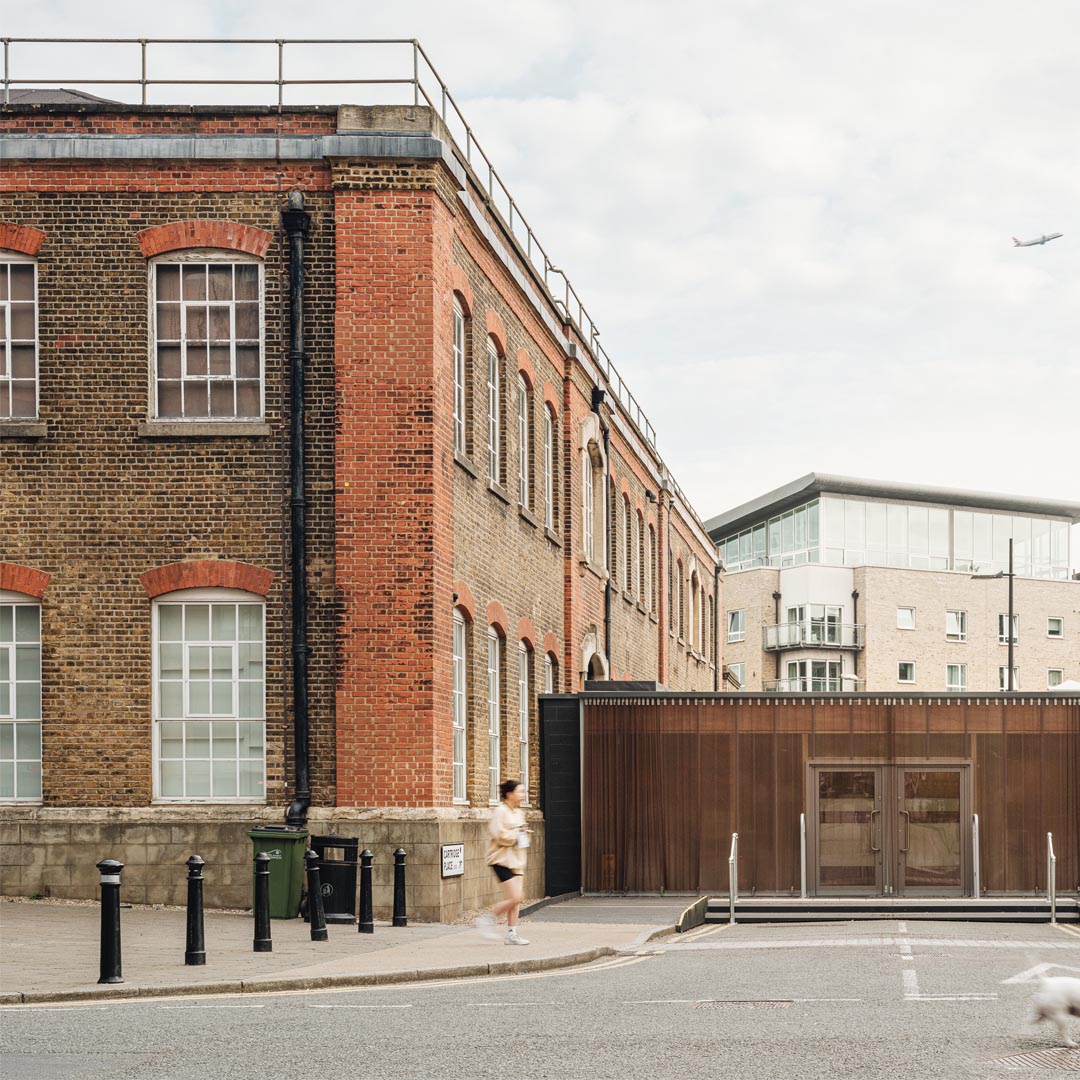
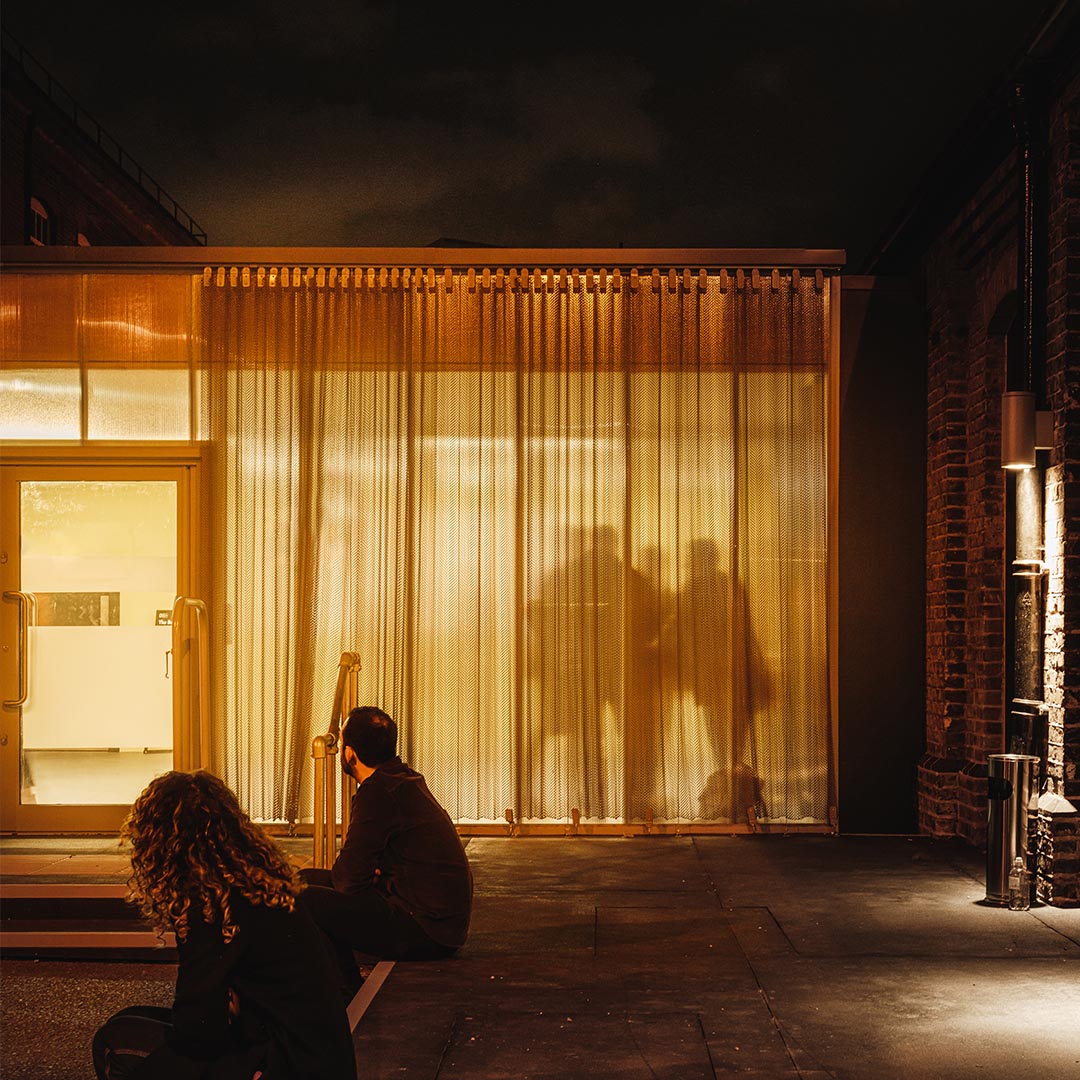
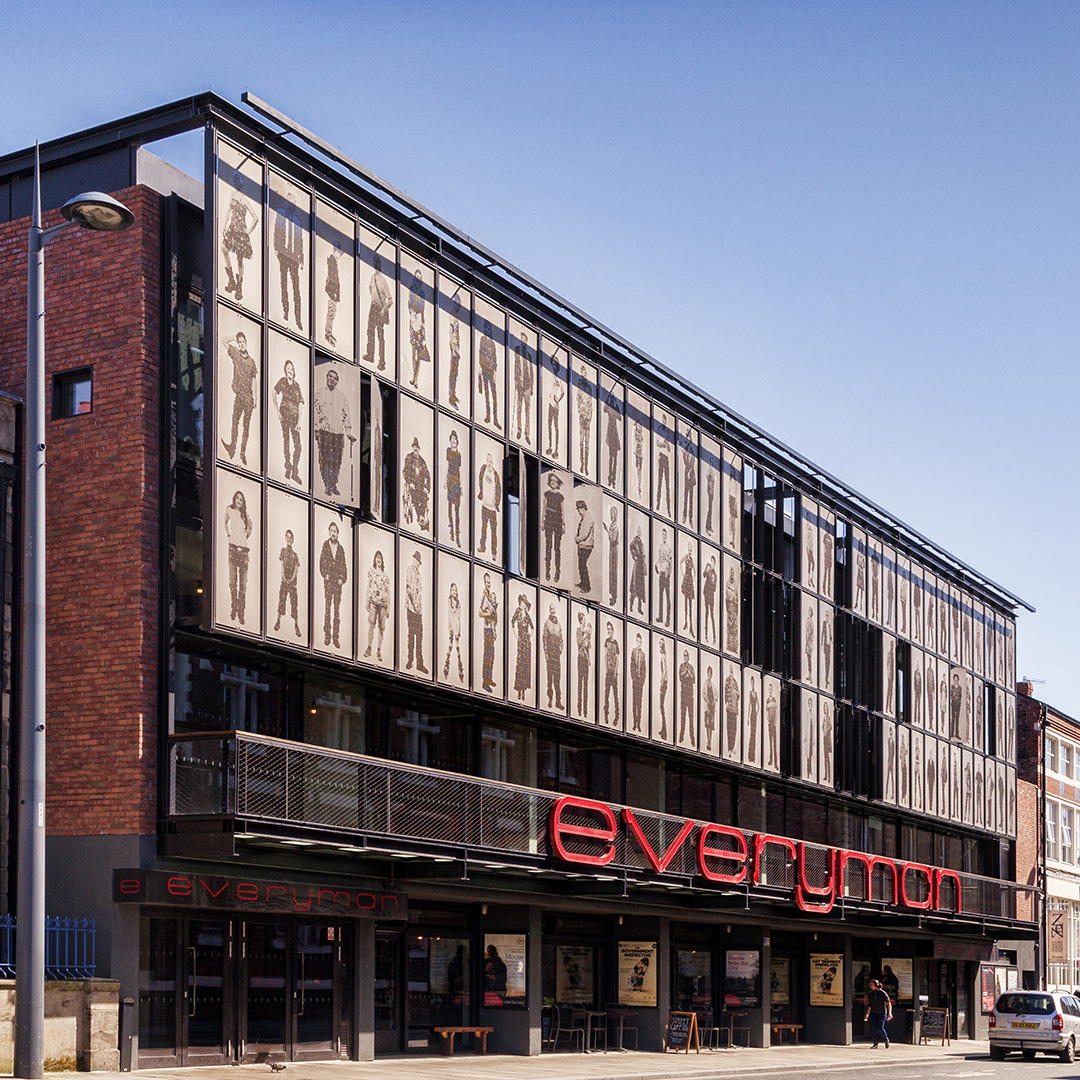
“We're all about making London a fairer and more inclusive, sustainable 24-hour city. Night-time workers tend to get paid less than daytime workers. Workers who sleep in the day, are they getting really good quality sleep?”
Other challenges he cites include high turnover of staff, reduced footfall, overnight parking costs, timing of deliveries and waste collection. “I think it's a really interesting idea, [looking at inequality] through a sort of day and night lens.”
The GLA has produced some night-time strategy guidance for planning and policy. “If we build the right spaces, and particularly the right residential spaces, working alongside 24/7 business, it’s possible to create better engagement with civic life and public services that are operating in times that people need them and this hopefully creates a happier, healthier, more sustainable London,” says Broadhurst.
Architect Lucy Picardo, a director at Haworth Tompkins has worked extensively in the hospitality sector, helping to enmesh the daytime into night activities. She says, “We’re interested in democratising arts, creating convivial, inviting gathering spaces.”
The practice’s work at the Liverpool Everyman entailed replacing an iconic city institution with a “new build that is much more permeable and properly publicly engaged within the community.” Similarly Haworth Tompkins’ work at the Young Vic near Waterloo, London, is now totally connected to the neighbourhood with a “hugely popular, all-day active foyer.”
One of its most recent schemes is for experiential theatre pioneers Punchdrunk in Woolwich, south London. This scheme uses three different listed warehouses.
“We provided a simple entrance pavilion, which has a very lightweight timber frame. It's made from polycarbonate and clad with a chainmail mesh. In the day, it's quite a blank façade because that chainmail curtain is drawn. And then in the evening you have a glowing, enticing arrival point. There's a ripple effect of what [this project] has done to the local economy: pubs have changed their closing times to catch audiences leaving; bars and cafes have opened: it's having a real impact.”
“If we build the right spaces, and particularly the right residential spaces, working alongside 24/7 business, it’s possible to create better engagement with civic life and public services” Paul Broadhurst, Greater London Assembly
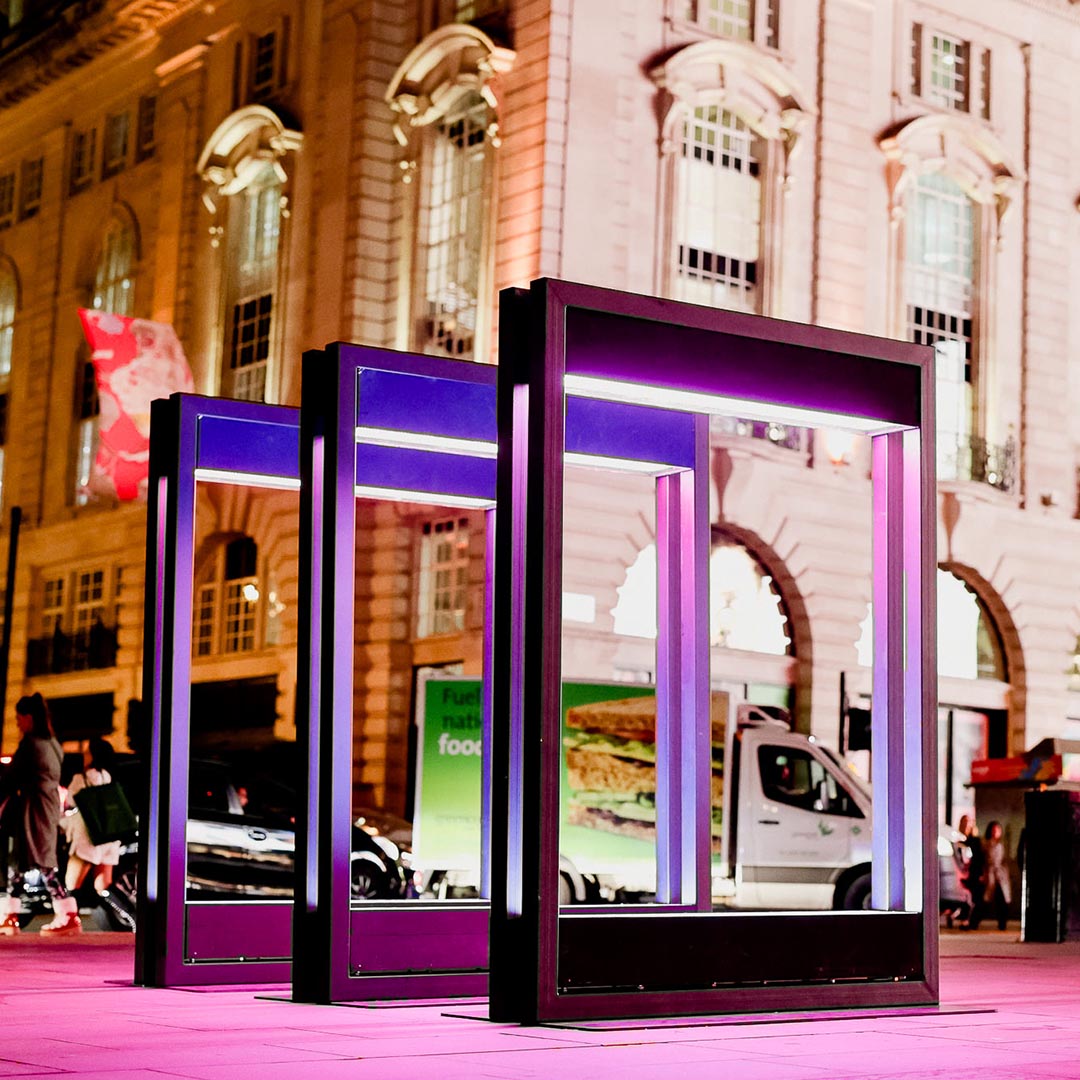

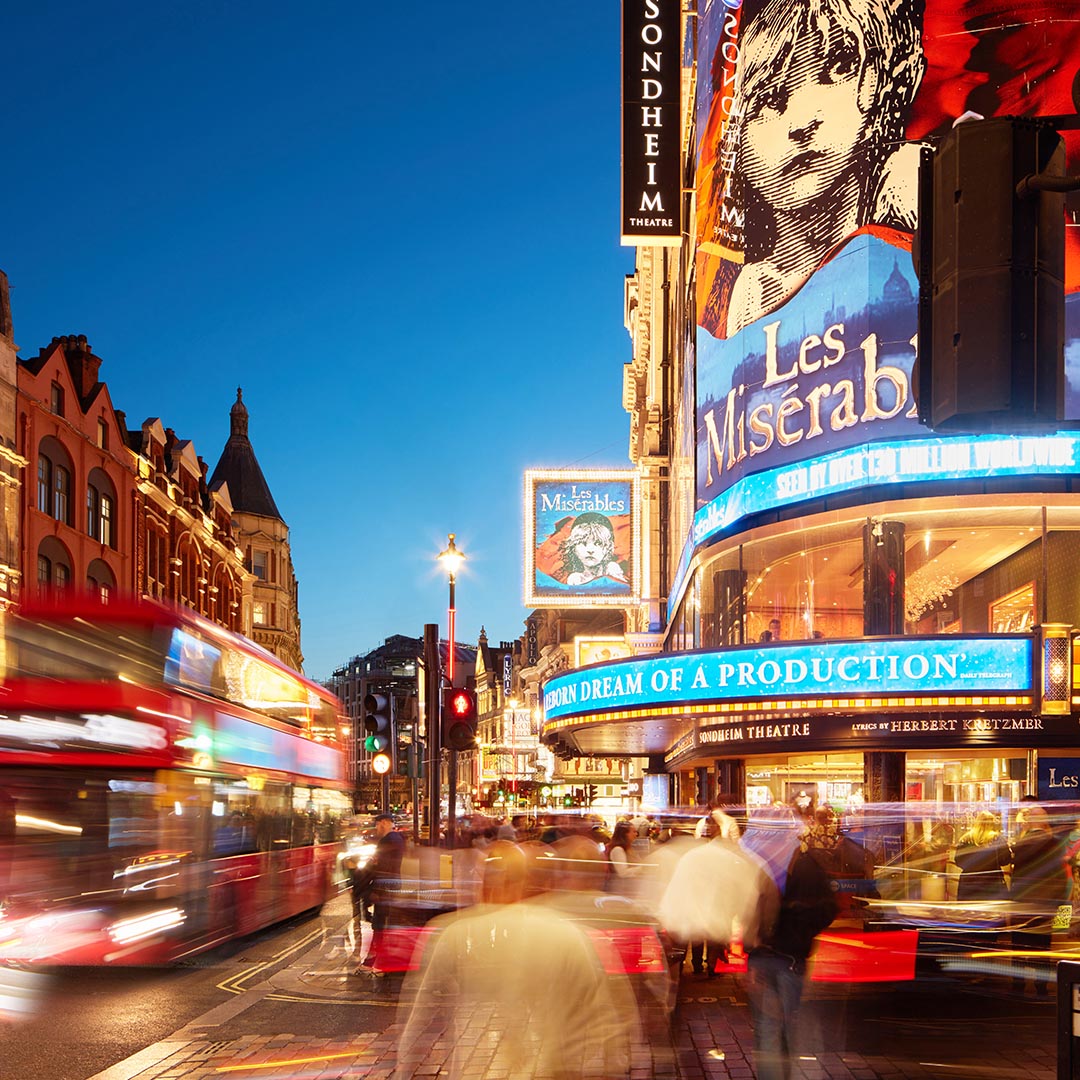
Mark Williams, director of destination at Heart of London Business Alliance (HOLBA) says, “It’s a delicate ecosystem, the daytime and the nighttime feed off each other. It’s about making the area more welcoming, safe, beautiful and exciting.”
Art, he says, plays a crucial role– be that illuminated boxes in Piccadilly, lighting statues in Leicester Square or future projects including an illuminated installation for Ramadan.
Even those primarily involved in daytime activities see the value of a vibrant nightlife. Michael Kovacs, founding partner of Castleforge, a real estate firm which is investing in offices under the flexible workspace provider Clockwise in cities such as Bremen and the Hague says, “With the rise of remote work, employees now require active reasons to come into the office. To lure workers back, occupiers will need to provide an office ‘experience’. Office buildings in vibrant city centres—next to high-quality retailers, restaurants, and nightlife - are increasingly attractive for that reason. By the same token, when real estate investors transform a vacant office building into a fully occupied workspace, we draw new customers to local establishments and add value to the city centre economy.”
We might even need the nighttime for our 9 to 5 going forward, thanks to the impact of climate change, explains Mirik Milan, “If you look at how our cities are heating up, in order to stay healthy, it might be more convenient to be working at night.”
He is now co-founder of consultancy VibeLab. Among its projects are sociocultural initiative The Creative Footprint (CFP) which measures the impact of nightlife and cultural activity on cities such as New York, Berlin and Tokyo; and examining the impact of creatives in emerging territories such as Iraq, Lebanon, Jordan, Kenya and Senegal. Whether in Berlin or Baghdad, he says, “We need to keep creating spaces where radical things can happen.”
“The 24-hour city in many places had become a bit demonised. The night-time economy is a real driver for areas of development” Mirik Milan, Amsterdam’s former-night mayor


